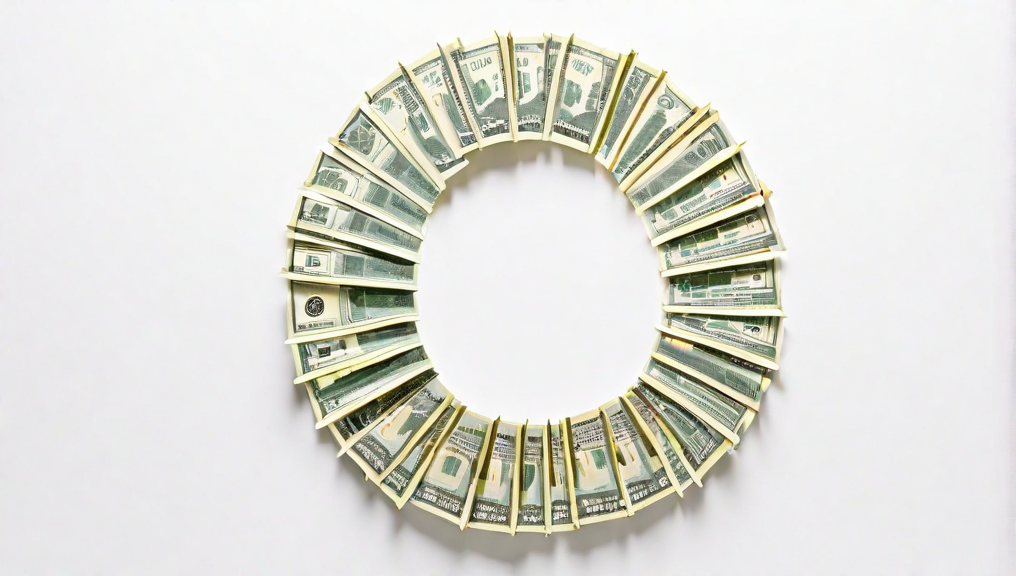Liquidity Analysis: Cash Conversion Cycle
The cash conversion cycle gauges a company's efficiency in turning investments into cash, offering insights into financial and operational effectiveness.

Cash Conversion Cycle: Assessing Operational Efficiency and Cash Management
Introduction
Understanding how well a company manages its money is important. The cash conversion cycle helps us see how long it takes for a company to turn its investments into cash. Let's learn more about it and why it matters for a company.
What is the Cash Conversion Cycle?
The cash conversion cycle is a way to measure how quickly a company can change the things it owns into cash. We calculate it by adding together how long it takes to sell things and get paid, and then subtracting how long it takes to pay suppliers.
Cash Conversion Cycle = (Days of Inventory on Hand + Days of Sales Outstanding) - Days of Payables Outstanding
What Does the Cash Conversion Cycle Mean?
The cash conversion cycle shows us how good a company is at managing its money and running its business. If the cycle is short, it means the company can change investments into cash quickly, which is good. But if the cycle is long, it might mean the company is having some money problems or not doing a good job managing inventory and payments.
Why is the Cash Conversion Cycle Important?
The cash conversion cycle is important because it helps us see how well a company is doing, how much money it has, and how it manages its working capital. Let's look at the different parts of the cash conversion cycle:
Days of Inventory on Hand (DOH)
DOH tells us how many days, on average, it takes for a company to sell its things. If it's a low number, it means the company is good at selling things quickly and doesn't have to keep them for too long.
Days of Sales Outstanding (DSO)
DSO tells us how many days, on average, it takes for a company to get paid by its customers after selling something. If it's a low number, it means the company is good at getting its money fast.
Days of Payables Outstanding (DPO)
DPO tells us how many days, on average, it takes for a company to pay its suppliers after buying things. If it's a high number, it means the company can keep more money for a longer time before paying for what it bought.
What is a Negative Cash Conversion Cycle?
Sometimes, a company can have a negative cash conversion cycle. This happens when the number of days it takes to pay suppliers is longer than the combined number of days it takes to sell things and get paid. Having a negative cash conversion cycle means the company gets money from customers before it has to pay suppliers, which can be a good thing for the company.
Example
Let's look at an example for a company called XYZ:
Days of Inventory on Hand (DOH): 40 days
Days of Sales Outstanding (DSO): 30 days
Days of Payables Outstanding (DPO): 50 days
We can calculate the cash conversion cycle like this:
Cash Conversion Cycle = (40 + 30) - 50
Cash Conversion Cycle = 20 days
In this example, Company XYZ has a cash conversion cycle of 20 days. That means, on average, it takes the company 20 days to turn its investments into cash. When the cash conversion cycle is shorter, it shows that the company is doing well and managing its money effectively.
Conclusion
The cash conversion cycle helps us see how well a company manages its money and runs its business. It shows how long it takes to turn investments into cash. By understanding the different parts of the cash conversion cycle, we can find ways to improve how a company manages its money, makes its business better, and gets more cash.
This article takes inspiration from a lesson found in FIN 689 at Pace University.